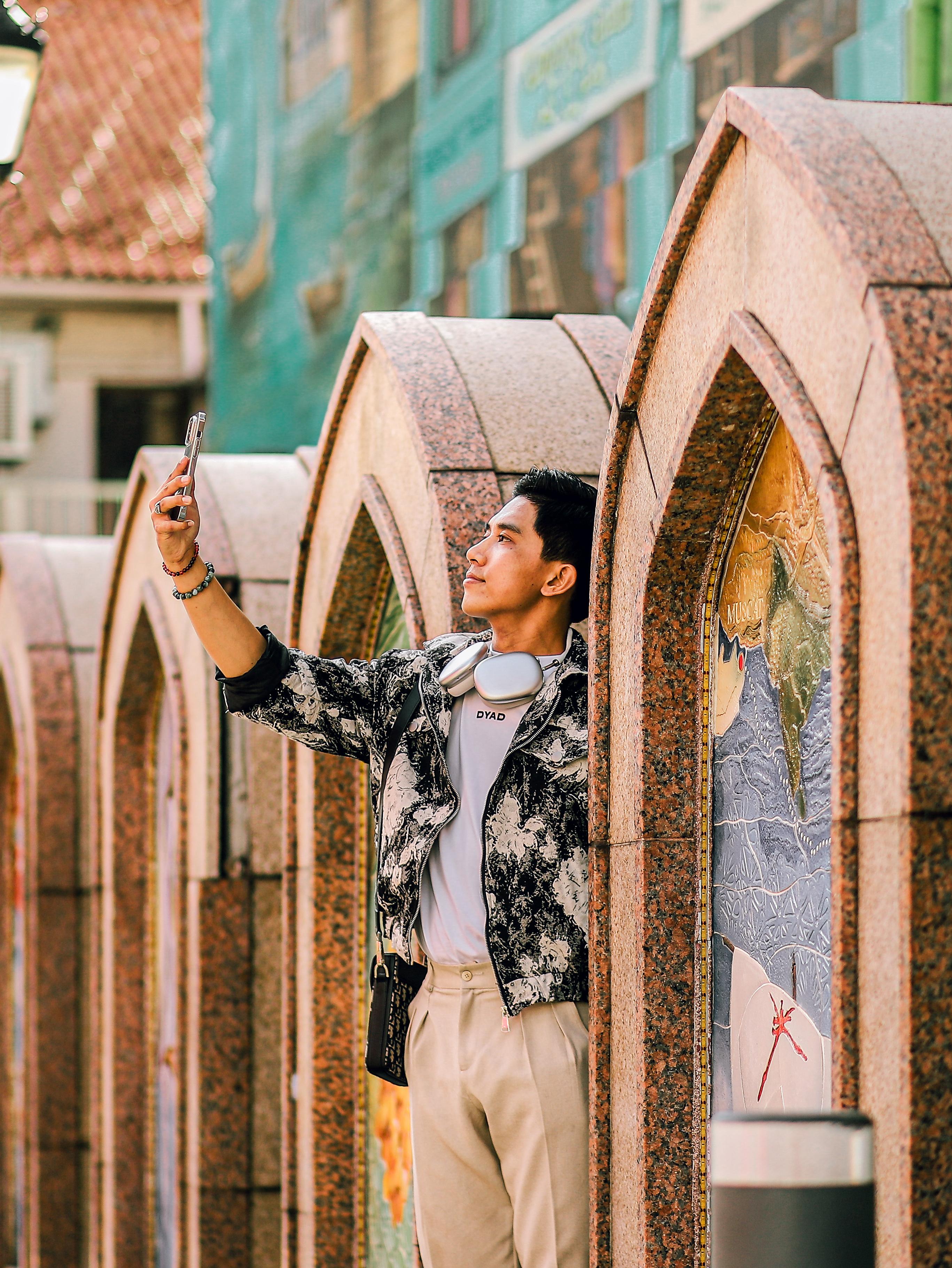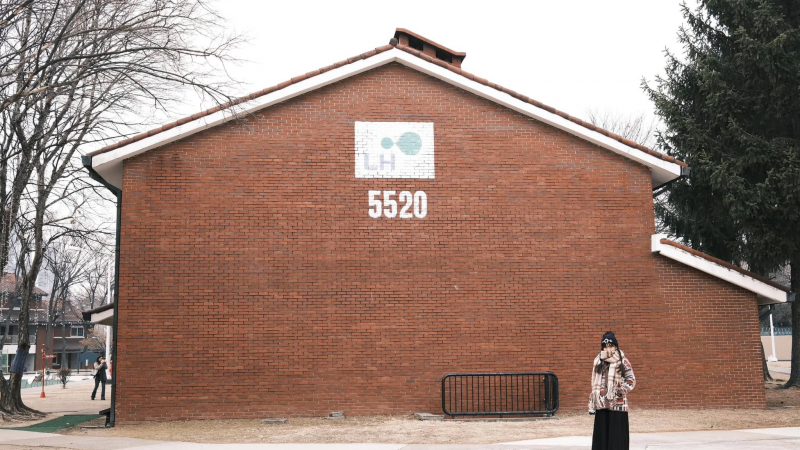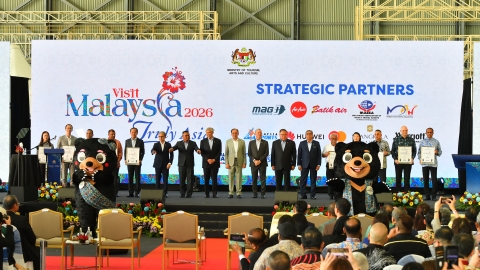Singapore has long been a "fertile land" for street art to flourish. Not only is it famous for its modern architecture, it is also an attractive destination for street art lovers. The murals are not only full of life but also carry a profound message about the intersection of cultures, the combination of tradition and modernity, the past and the future.
Ky Anh Nguyen (29 years old) is an interior architect in Ho Chi Minh City. His passion for photography and finding profound life values through each frame helps him cherish moments and create. The trip to Singapore was a special experience for him, because since he was a student, he always wanted to explore the modern "Lion Island". For him, the impression of Singapore is the beauty of its infrastructure and rich cultural exchange, the blend of tradition and innovation.
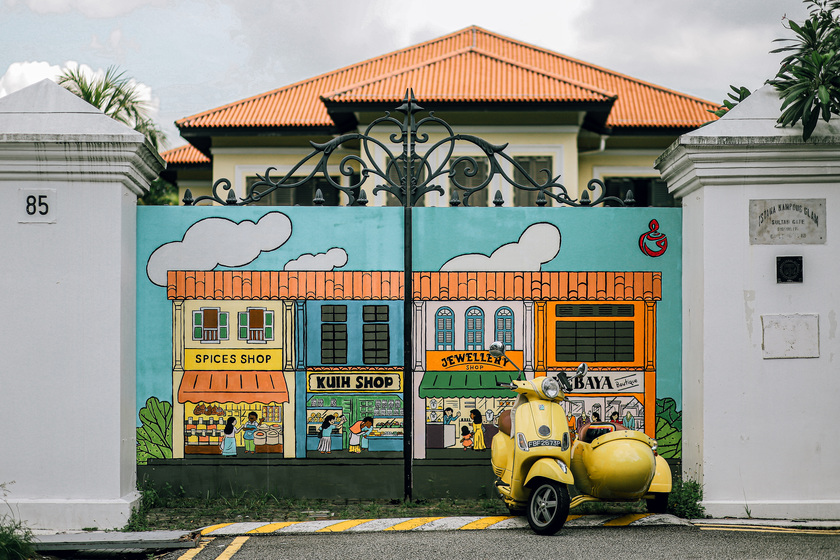
“This trip was truly wonderful, as I got to see a modern country, blending rich cultural colors and tourism values worth learning. As a former architecture student, the works here left me with many deep impressions,” Ky Anh Nguyen shared.
When coming to Singapore, visitors not only admire impressive architectural works, but also immerse themselves in the artistic colors on every street and alley. Unique murals, imbued with cultural imprints, not only breathe life into the urban space but also contribute to preserving and promoting heritage values.
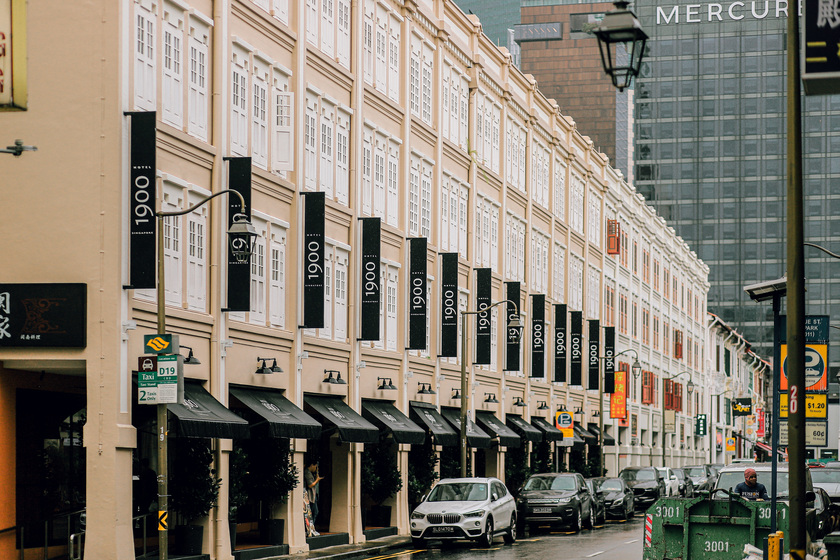
When coming to Singapore, visitors can not only admire impressive architectural works, but also immerse themselves in the artistic colors on every street and alley.
Although Singapore is famous for its strict rules and clean living environment, it has a thriving street art scene, creating a deep impression on visitors. In particular, we can mention the heritage neighborhoods of many cultures such as Chinatown, Little India and Kampong Glam with very unique beauty, which are impressive factors that create the tourist mark of Singapore.
Chinatown
Singapore’s Chinatown, also known as Niu Che Feng, means “water cart”, as it was mainly transported by animal carts in the 19th century. By the 1860s, the Chinese made up 60% of Singapore’s population. However, it is not just the Chinese who live here, as visitors can also find mosques such as Al Abrar and Jamae, and the Sri Mariamman Hindu temple.
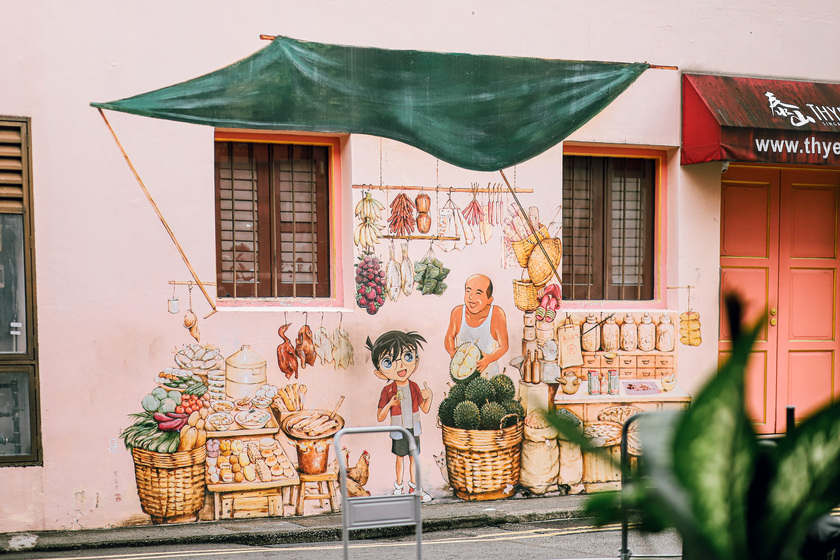

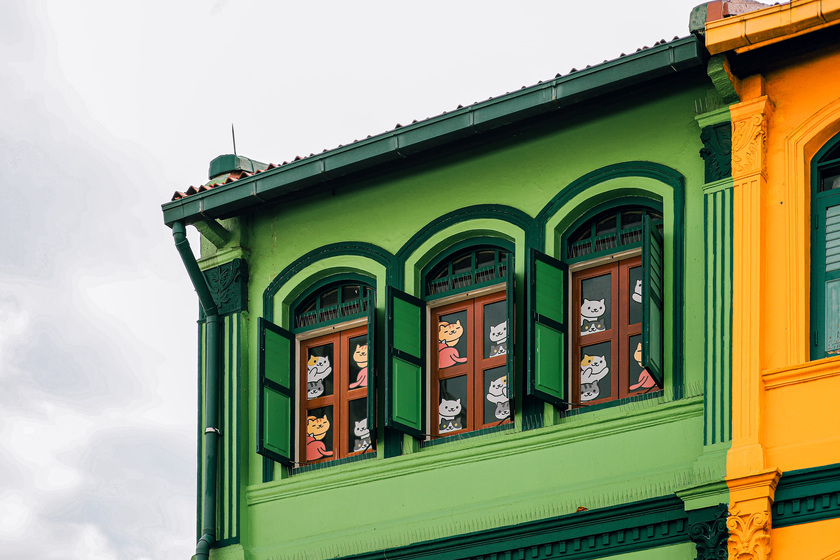
This shows that Singapore is a unique melting pot of cultures and religions. When walking around the neighborhood, visitors will not only discover unique architectural works but also have the opportunity to check-in unique murals, highlighting the creativity and street art here.
Ky Anh found that Chinatown is a bustling neighborhood with roads built together in a straight network, combined with beautiful architecture and a vibrant atmosphere. Therefore, Chinatown in Singapore is always an attractive destination, a place with a strong cultural imprint, close and familiar, especially with Vietnamese culture.
Little India
Little India is one of Singapore’s most famous and unique neighborhoods, home to a rich Indian culture and cuisine. The neighborhood began to take shape in the 1840s, when Europeans hired Indian laborers to work in farms, brick kilns, and racecourses. Over time, the Indian community grew, bringing with it culture, crafts, and signature dishes from their homeland.
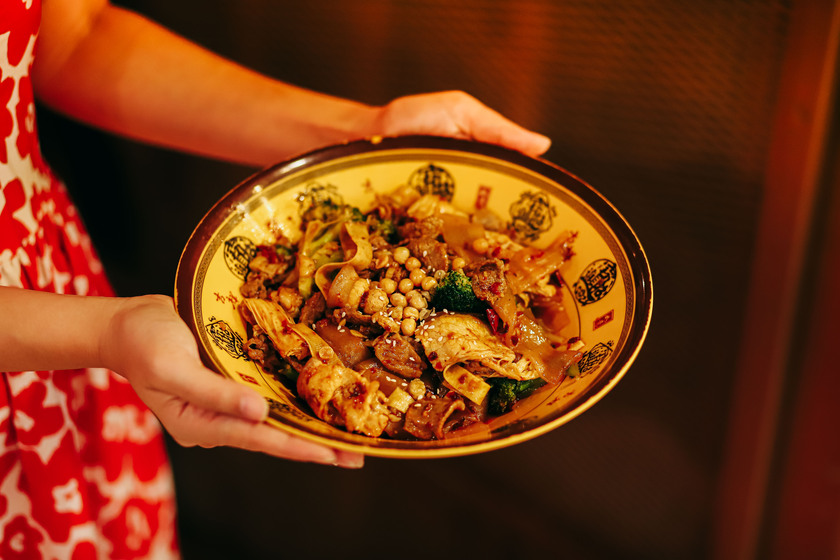
In addition to ancient Hindu temples, the neighborhood also has mosques, serving the religious needs of the community. To this day, Little India still retains its unique cultural heritage, a place where tradition and modernity intersect. The neighborhood is not only notable for its ancient architecture but also for its contemporary street art, trendy eateries, etc. This is truly an ideal destination to explore the harmonious blend of past and present in Indian culture in Singapore.
When walking around Little India, especially on Serangoon Road and the surrounding area, don't forget to explore the Hindu temples, Chinese pagodas, mosques and Christian churches here.
Kampong Glam
Kampong Glam is dotted with brightly painted shophouses along Bussorah, Baghdad and Kandahar streets. On Muscat Street, visitors will find Masjid Sultan, one of Singapore’s most important mosques. Originally built in 1826, it was reconstructed and completed in 1928, becoming a remarkable architectural work.
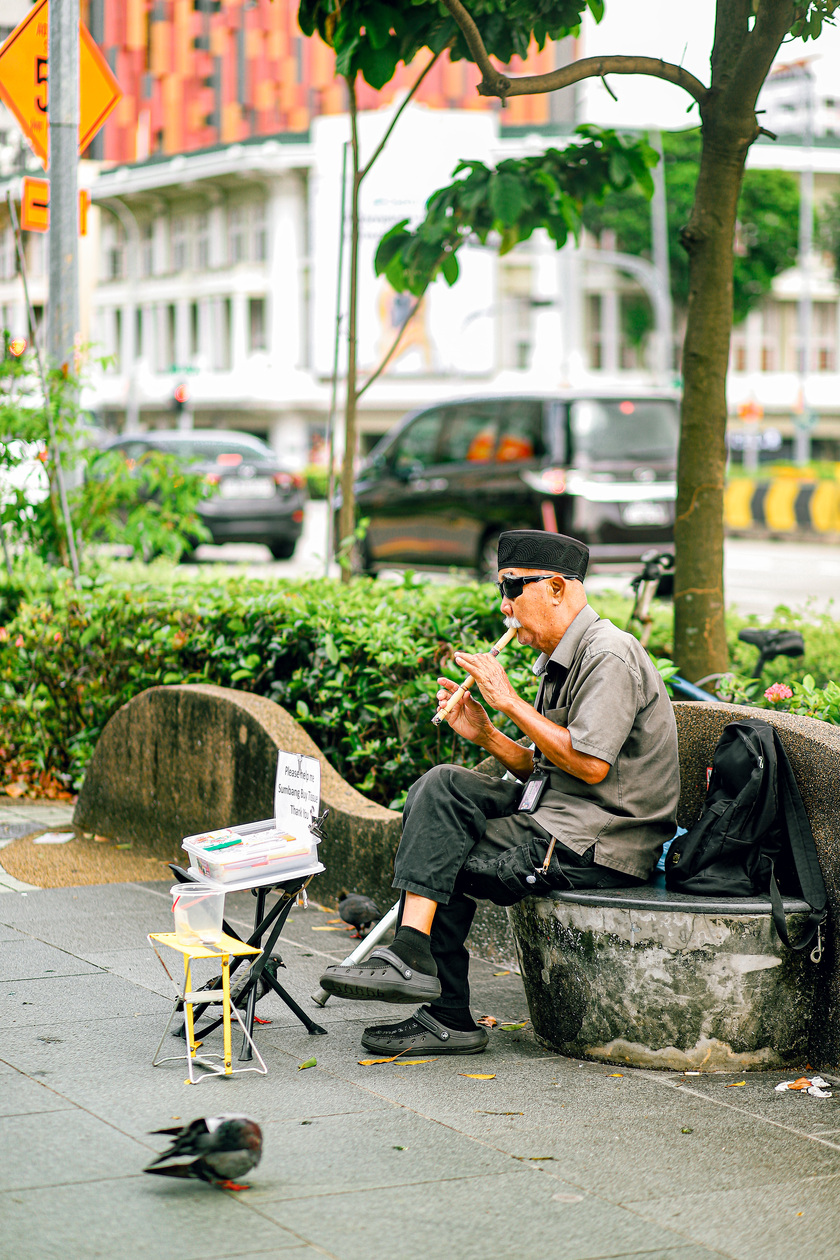
Kampong Glam is also a great place to immerse yourself in street art, with vibrant murals everywhere, from the alley walls around the church to the small lanes near the Sultan Mosque. Street art in Singapore is not only beautiful but also carries deep spiritual values, from brightly colored murals to sculptures and symbols. These creations help keep Singapore in the minds of visitors, telling stories and conveying the country's identity.
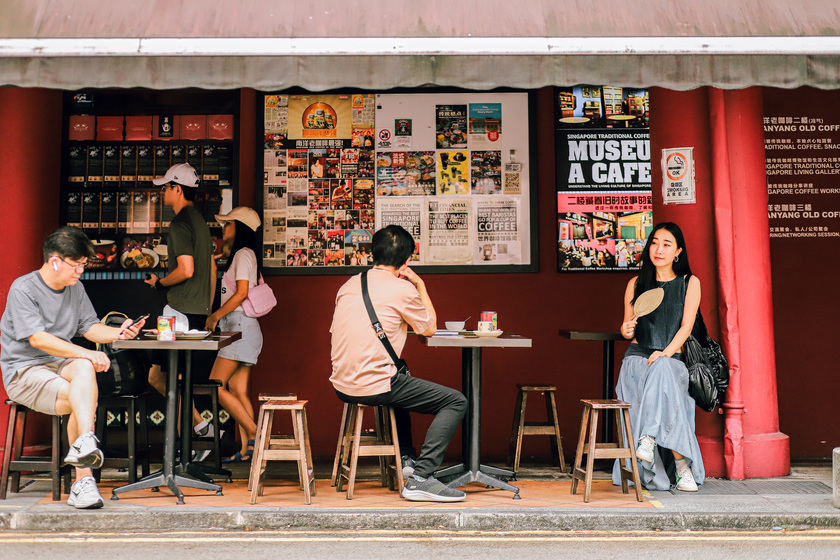
Street art in Singapore is not only beautiful but also brings profound spiritual value.
Singapore's multicultural cuisine
Singaporean cuisine is a wonderful blend of many different cultures, reflecting the country’s diversity. Singapore is not only a multi-ethnic country but also a melting pot of culinary cultures from many parts of the world. Singaporean dishes often have influences from the three main ethnic groups: Chinese, Malay and Indian, along with elements from other immigrant communities such as Peranakan, Thai and Indonesian.

Singaporean cuisine is a wonderful fusion of many different cultures.
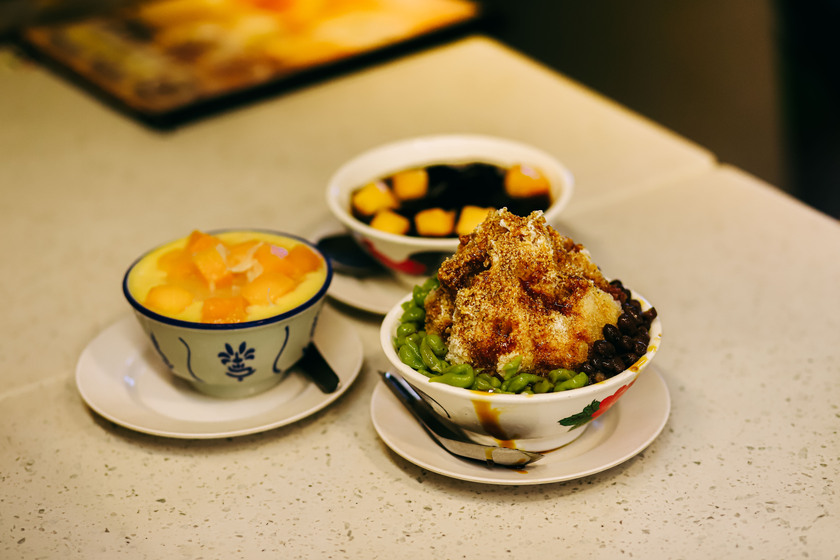
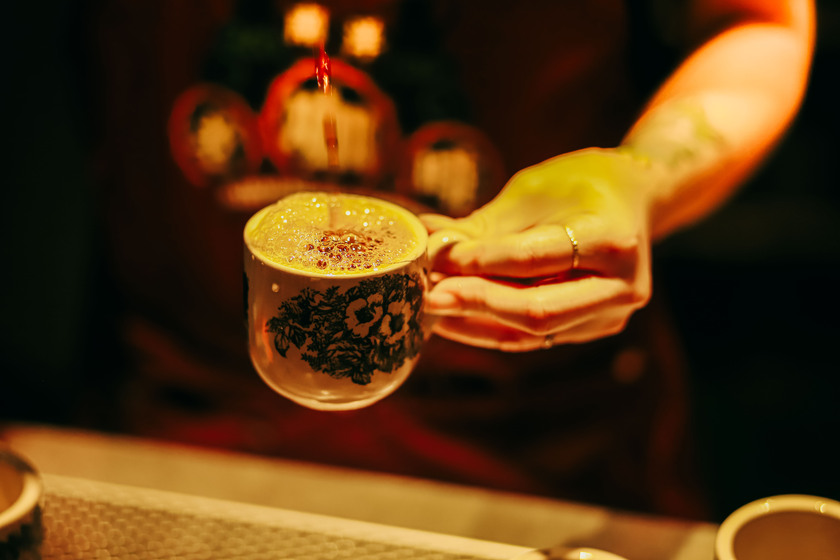
Whether it is street food or specialties from different ethnic communities, each dish shows a strong cultural exchange and endless creativity in cuisine. The most special ones are: Hainanese chicken rice and frog porridge. As for Chinese dishes, it is hard to ignore: Peking duck, Fujian noodles, dim sum, spicy Sichuan dishes, light dishes of Chaozhou... even specialties of other Chinese culinary regions such as chili crab, Chinese medicinal rib soup, Rojak vegetable salad... As for Indian dishes, we can mention: Thosai, Vadai, Teh tarik milk tea...
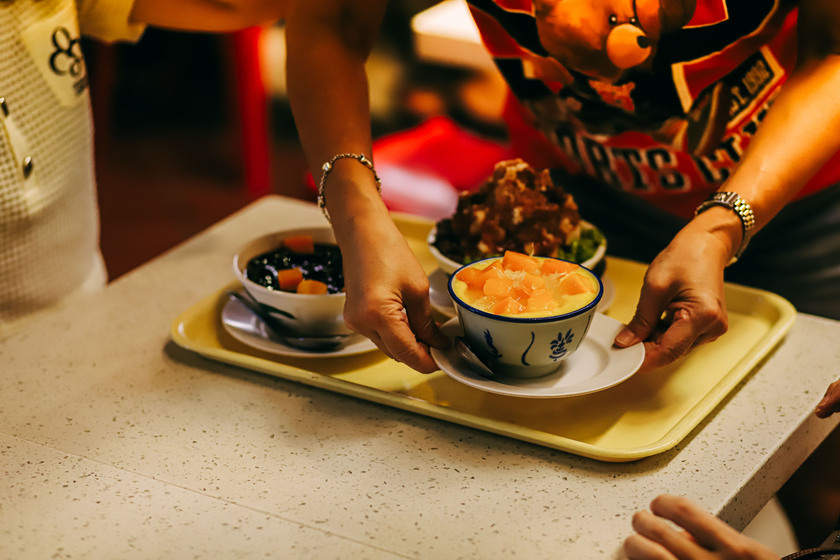
Singaporean cuisine is also notable for its Hawker areas (street food markets or centers), which have been recognized by UNESCO as an intangible cultural heritage. Visitors can enjoy delicious food at reasonable prices, including 3 Michelin-starred restaurants.
Hawker Chan is famous for its delicious wonton noodles and rich broth, located in Chinatown Complex. Big Prawn Noodle is a noodle shop at Adam Food Centre with a bowl of noodles full of fresh prawns, sweet meat and reasonable prices. Bahrakath Mutton Soup is a standout with a rich lamb soup at Adam Food Centre, served with exotic bread. Although they are popular eateries, many of the eateries here have been awarded Michelin stars, bringing a classy culinary experience to visitors.
More information:
Tourists planning to travel to Singapore should note that their passport must be valid for at least 6 months from the date of entry. Singapore is famous for its developed and convenient public transport system. To visit tourist attractions, visitors can use the MRT train or bus, as most of the attractions are quite far from each other.
The MRT system is easy to use, fast and connects most of the main areas of the city. In addition, payment is also very convenient, visitors can use visa cards or other international payment cards at shops, restaurants or shopping centers.





